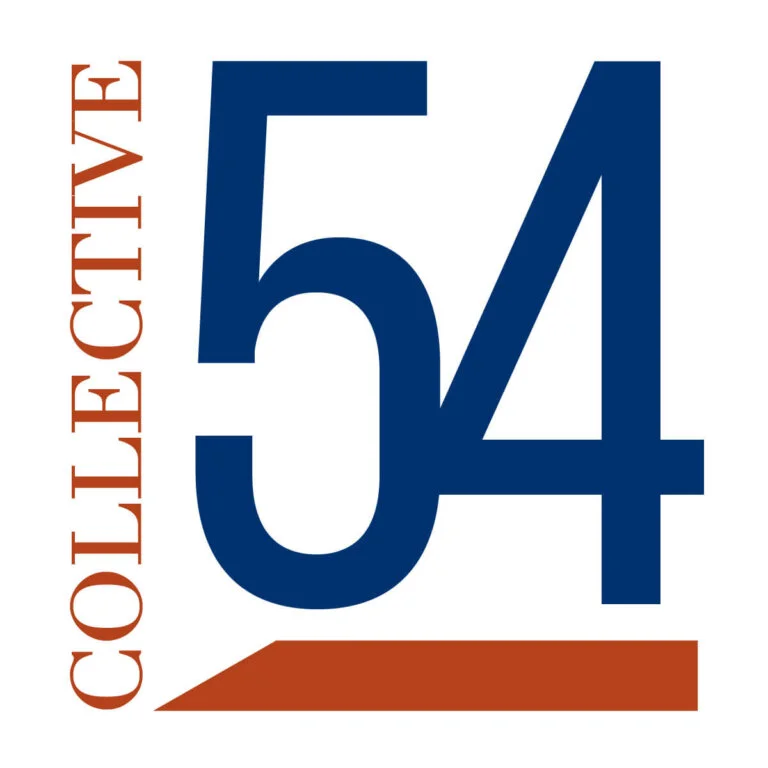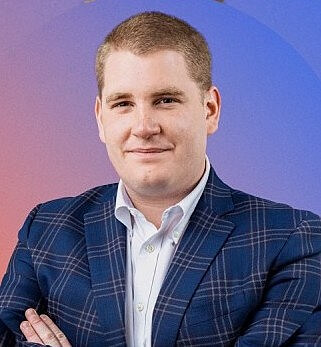The New Frontier: Navigating Aerospace’s Emerging Technology Revolution
The aerospace industry stands at a thrilling inflection point where emerging technologies promise to transform how we move through the skies. For companies with specialized expertise, this represents not just an opportunity—but a rare moment to shape the future of flight itself. Beyond the excitement that always surrounds innovation there is also ample opportunity for economic growth as emerging technology creates new requirements for materials, talent, infrastructure, and continued support from up and coming from the next generation of engineers, managers, operators, mechanics…everyone with a passion for aviation stands to see new “firsts” and benefit from those events.






